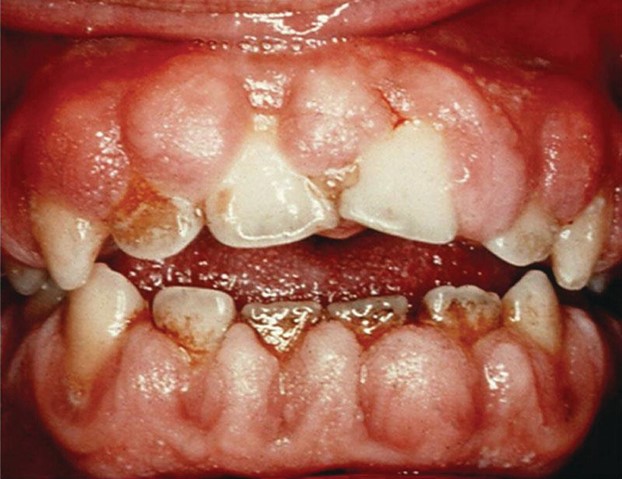A nurse is assessing a client who has type 1 diabetes. Which of the following manifestations could indicate that the client is hypoglycemic?
Poor skin turgor.
Fruity breath odor.
Kussmaul respirations.
Irritability.
The Correct Answer is D
Choice A rationale:
Poor skin turgor is a sign of dehydration and is not specifically related to hypoglycemia. It is assessed by pinching the skin on the back of the hand and observing how quickly it returns to its normal position.
Choice B rationale:
Fruity breath odor is associated with diabetic ketoacidosis (DKA), a complication of uncontrolled diabetes, not hypoglycemia. It is caused by the presence of ketones in the breath due to the breakdown of fats for energy in the absence of adequate insulin.
Choice C rationale:
Kussmaul respirations are deep, rapid, and labored breathing patterns seen in diabetic ketoacidosis (DKA), not in hypoglycemia. They are the body's attempt to blow off excess carbon dioxide and acid from the blood.
Choice D rationale:
Irritability is a common manifestation of hypoglycemia. Low blood glucose levels can affect brain function, leading to mood changes, irritability, and nervousness.
Nursing Test Bank
Naxlex Comprehensive Predictor Exams
Related Questions
Correct Answer is A
Explanation
Choice A rationale:

Tender, bleeding gums could be a sign of phenytoin-induced gingival hyperplasia, a serious adverse effect of phenytoin. This condition requires immediate medical attention to prevent further complications.
Choice B rationale:
Increased facial hair is not a common adverse effect of phenytoin and may not require immediate medical attention. It could be due to other factors or conditions.
Choice C rationale:
Constipation is a common side effect of many medications, including phenytoin. While it should be monitored, it does not require immediate reporting to the provider unless severe or persistent.
Choice D rationale:
A skin rash can be an adverse effect of phenytoin, but it does not necessarily require immediate reporting unless it is severe, accompanied by other symptoms, or indicative of a serious allergic reaction.
Correct Answer is C
Explanation
Choice A rationale:
Having the client point their chin upward to swallow is not a recommended action to reduce the risk of aspiration. In fact, this action can increase the risk of choking and aspiration, as it may cause food or liquids to enter the airway.
Choice B rationale:
Offering the client saltine crackers between meals is not a suitable action for reducing the risk of aspiration. Saltine crackers are dry and can be challenging to swallow for someone with dysphagia, potentially increasing the risk of aspiration.
Choice C rationale:
Thicken liquids before serving is the correct action to reduce the risk of aspiration in a client with dysphagia. Thickened liquids are easier to swallow and less likely to enter the airway, reducing the risk of aspiration pneumonia.
Choice D rationale:
Placing food on the affected side of the mouth does not address the risk of aspiration directly. Dysphagia may affect both sides of the mouth, and placing food on one side does not ensure safe swallowing and reduces the effectiveness of addressing the problem.
Whether you are a student looking to ace your exams or a practicing nurse seeking to enhance your expertise , our nursing education contents will empower you with the confidence and competence to make a difference in the lives of patients and become a respected leader in the healthcare field.
Visit Naxlex, invest in your future and unlock endless possibilities with our unparalleled nursing education contents today
Report Wrong Answer on the Current Question
Do you disagree with the answer? If yes, what is your expected answer? Explain.
Kindly be descriptive with the issue you are facing.
